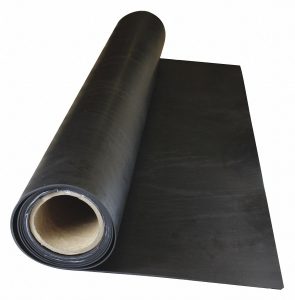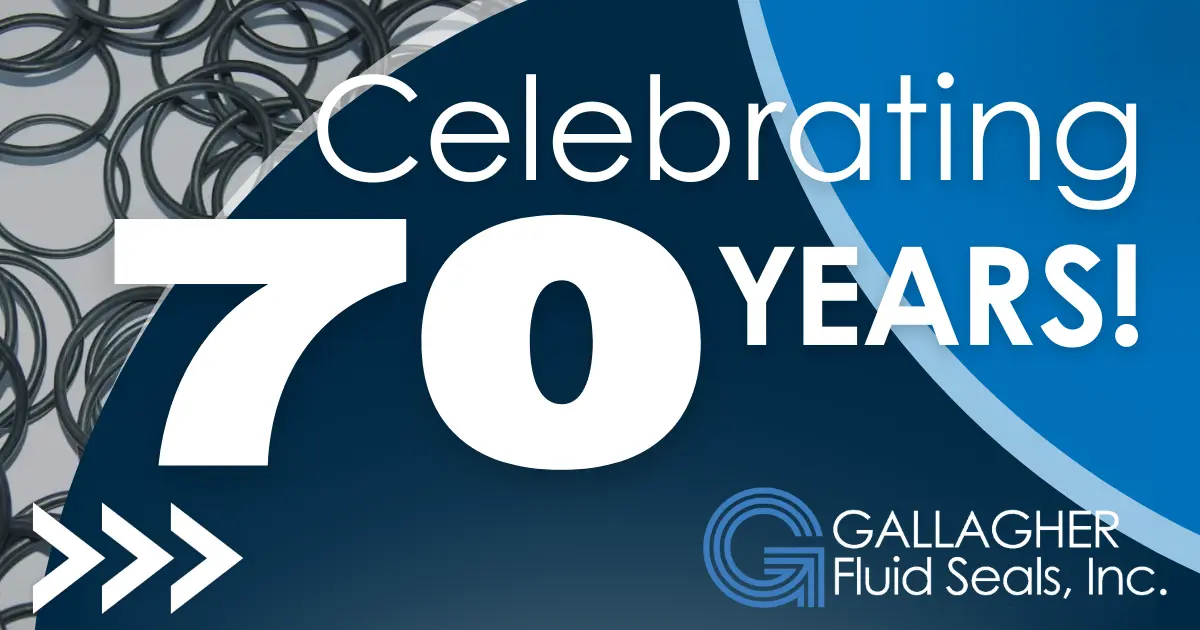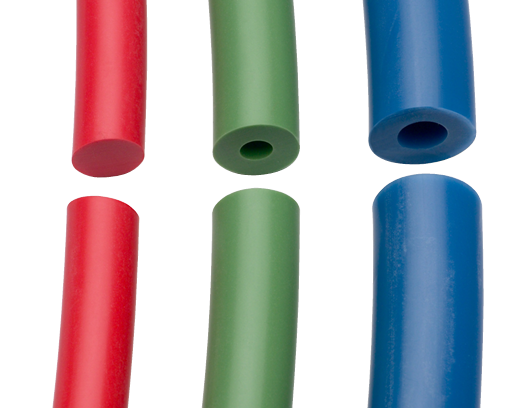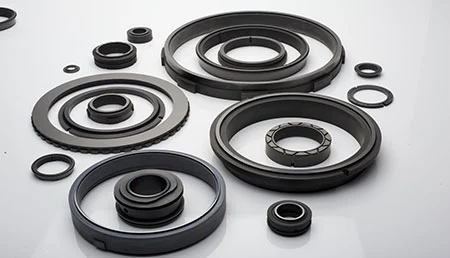
During the manufacturing process of EPDM sheet rubber, the compound can be cured with either peroxide or sulfur. The choice of curing method is determined by the end-uses and applications which the compound will service.
Depending upon which curing method is chosen, there will be differences in the final properties and characteristics of the cured compound. Knowing these differences can be an important factor in selecting the right EPDM gasket material for servicing your specific application.
EPDM Sheet and Gaskets: Peroxide Curing
EPDM compounds cured with peroxide possess a superior chemical and thermal resistance compared to compounds cured with sulfur. Peroxide-cured EPDM can withstand temperatures up to 300°F (150°C) whereas sulfur cured EPDM can only resist temperatures up to 250°F (120°C). The extended temperature service range of peroxide-cured EPDM makes it a preferred choice for producing gaskets to service higher temperature applications.
In addition to extending the serviceable temperature range of EPDM compound, a peroxide cure also improves the heat stability, modulus, compression set, and aging resistance of the compound. Peroxide-cured EPDM also has less tendency to bloom and better preserves its colour during the curing process. Finally, peroxide curing of EPDM promotes co-polymerization of the compound with polymerizable plasticizers or agents designed to give controlled hardness and stiffness to the final product.
EPDM Sheet and Gaskets: Sulfur Curing
Sulfur-cured EPDM generally exhibits higher tear and tensile strength. These properties may be important in applications where higher strength and resistance to tearing are desired. The following table summarizes the essential differences between peroxide-cured and sulfur-cured EPDM sheet:
Peroxide-Cured EPDM
- Good resistance to ageing
- Higher temperature resistance
- Lower compression set
- Unlikely to bloom or discolour
- Will not stain metals or PVC
- Improved resistance to chemicals and oils
Sulfur-Cured EPDM
- Higher tensile strength
- Higher tear strength
- Permits use of a wider range of fillers
The original article was written by staff at the Canada Rubber Group and can be found here.
Gallagher Fluid Seals is a stocking distributor of EPDM sheet rubber and other EPDM sealing solutions. For more information, please contact us today.





